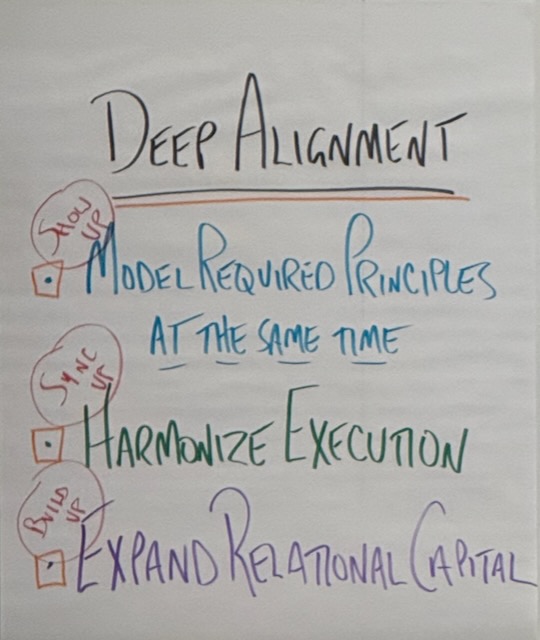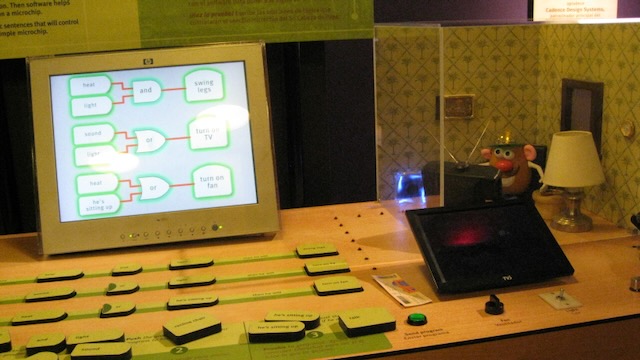Turning Quarter End Chaos to Confidence
At Splunk, cloud sales teams faced a recurring nightmare — not that customers wouldn’t buy, but that we couldn’t fulfill what they purchased. The issue wasn’t demand. It was execution. Despite having invested heavily in elasticity and declarative configuration, order fulfillment remained brittle. The result? Delayed activations, broken provisioning flows, and in some quarters, missed revenue targets — not for lack of product-market fit, but due to gaps in automation and process....



